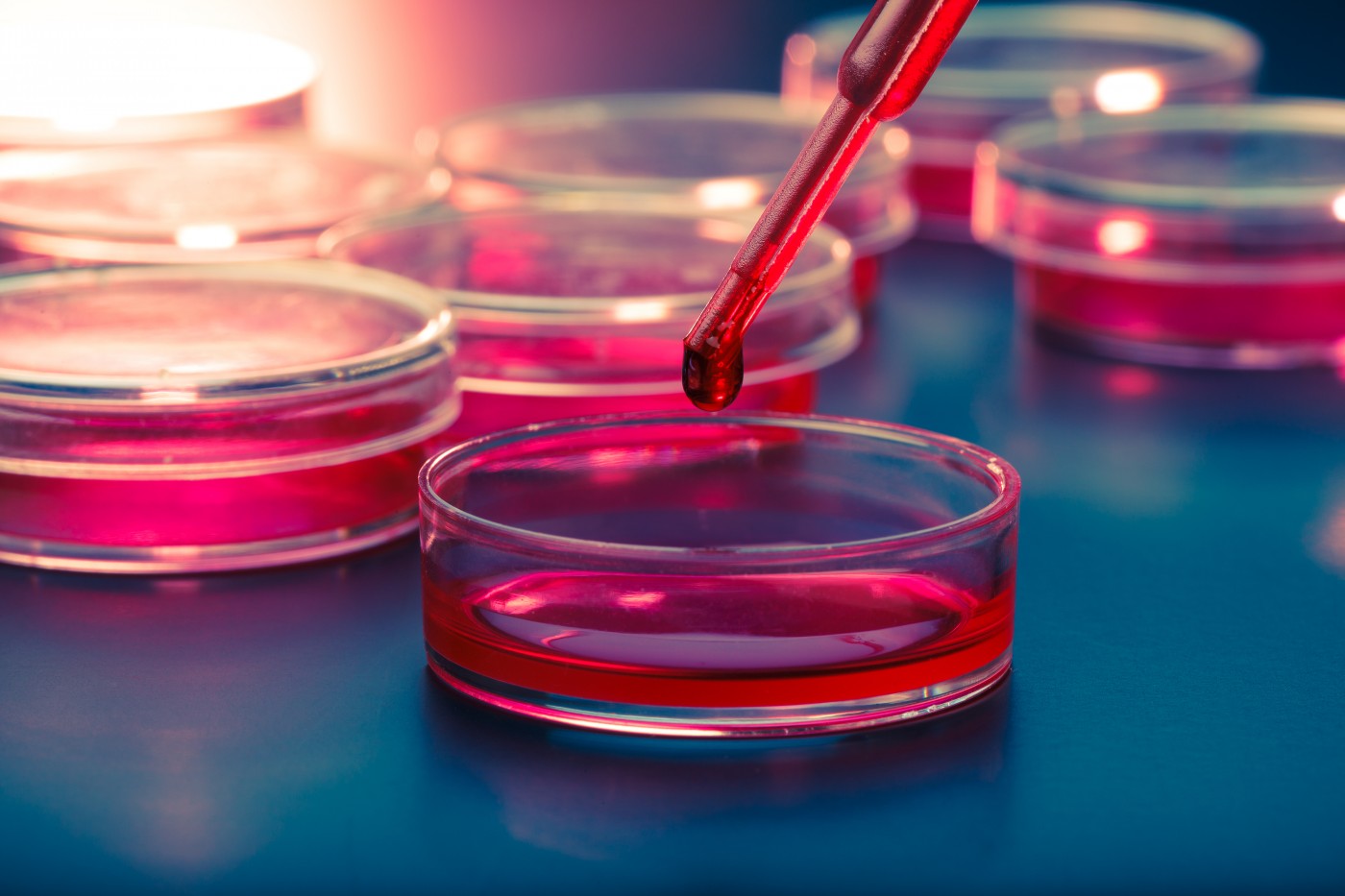New Breakthrough in Stem Cell Therapy for Mitochondrial Diseases

A new study recently published in the renowned journal Nature revealed a breakthrough on combined stem cell and gene therapies for the treatment of mitochondrial diseases. The study is entitled “Metabolic rescue in pluripotent cells from patients with mtDNA disease” and was led by researchers at Oregon Health & Science University.
Mitochondria are small organelles considered to be the powerhouses of the cells where the energy for the body is produced in the form of adenosine triphosphate (ATP). This ATP is crucial for cellular metabolism and proper body functioning. Mitochondrial diseases are rare disorders caused by DNA mutations in mitochondrially-expressed genes. They include a vast range of lethal or severely debilitating conditions. It is estimated that 1,000 to 4,000 children are born with a mitochondrial DNA disease every year in the United States. Treatment options for these diseases are quite limited.
In the study, researchers focused on gene and stem cell therapies for mitochondrial diseases. The team was able to genetically correct pluripotent stem cells (PSCs; cells with the potential to differentiate into several specialized cell types) from patients with mitochondrial DNA disease, namely mitochondrial encephalomyopathy and stroke-like episodes (MELAS) and Leigh syndrome. They collected skin cells from patients with mitochondrial DNA mutations and through a technique based on mitochondrial replacement via nuclear transfer, they generated embryonic stem cells with healthy mitochondria.
“Induced pluripotent stem cell and somatic cell nuclear transfer are two complementary cell reprogramming strategies that hold great potential for patient specific cell replacement therapies,” explained the study’s co-author Dr. Jun Wu in a news release. “Both technologies have been successfully harnessed in our study for eliminating mutant mitochondrial DNAs, offering an important step forward toward therapeutic interventions for patients with mitochondrial diseases.”
The finding, considered a breakthrough in the stem cell therapy field, offers the possibility of replacing disease tissue in patients by removing one cell, correcting the mutations within it, multiply it and re-introducing the resultant genetically correct cells into the patient.
The team believes that this new technique may help in the prevention of inherited mitochondrial diseases. “To families with a loved one born with a mitochondrial disease waiting for a cure, today we can say that a cure is on the horizon. Over the past several years, we have been working to generate stem cells for use in combating disease. This critical first step toward treating these diseases using gene therapy will put us on the path to curing them,” said the study’s senior author Dr. Shoukhrat Mitalipov. “And, unlike unmatched tissue or organ donations, combined gene and cell therapy will allow us to create the patients’ own healthy tissue that will not be rejected by their bodies.”
“This is an important advancement by Drs. Mitalipov and Ma in the quest to develop treatments and cures for those affected by mitochondrial disease,” said the Science and Alliance Officer for the United Mitochondrial Disease Foundation, Dr. Philip Yeske. “Mitochondrial replacement holds great therapeutic potential, and the patient community looks forward to further progress on the path toward clinical applications.”´
The research team believes that this technique represents the start of a new kind of regenerative medicine. “Regenerative technologies offer the prospect of transformative solutions to correct tissue defects in disease. Current care for mitochondrial diseases is limited to addressing patient symptoms, but falls short from providing a definitive cure,” explained the study’s co-author Dr. Andre Terzic from the Center for Regenerative Medicine at Mayo Clinic. “Resetting or replacing disease-corrupted mitochondria to produce healthy patient derived stem cells paves the way towards targeting the root cause of the problem.”






